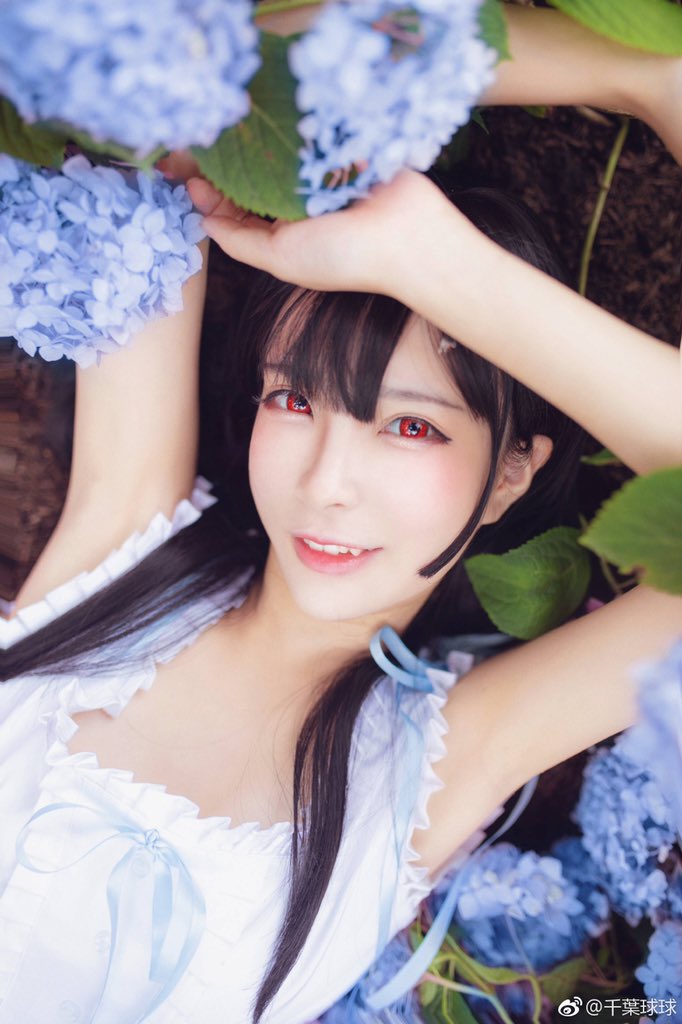Erokochiba is a term that has piqued the curiosity of many, representing a unique blend of culture, art, and expression. As we delve deeper into its significance, we uncover layers of meaning that resonate with various aspects of human creativity. This article aims to explore the ins and outs of erokochiba, shedding light on its origins, influences, and the vibrant culture surrounding it.
The concept of erokochiba is often associated with visual arts, particularly in the realm of erotic imagery. Yet, it transcends mere titillation, inviting discussions about personal expression and societal norms. In this exploration, we will also touch upon the various forms it takes, the artists who champion it, and the reactions it elicits from audiences worldwide.
Moreover, as we navigate through the multifaceted landscape of erokochiba, we aim to understand how it fits into the broader context of artistic movements and cultural conversations. Whether you are a seasoned art enthusiast or a curious newcomer, the world of erokochiba promises to captivate and inspire.
What is the Origin of Erokochiba?
The term erokochiba has its roots in Japanese culture, often associated with the erotic art forms that have been prevalent throughout history. The combination of the words "ero," meaning erotic, and "kochiba," referring to a style or genre, creates a unique artistic expression that has evolved over time. Erokochiba encompasses various mediums, from traditional paintings to modern digital art, reflecting the changing perceptions of sexuality and beauty.
How Has Erokochiba Evolved Over Time?
As society's views on sexuality and art have transformed, so too has the interpretation of erokochiba. Historically, erotic art was often confined to private collections or limited audiences, but the advent of digital platforms has democratized this form of expression. Artists now have the ability to reach global audiences, sparking conversations about eroticism, consent, and representation.
What Are the Key Characteristics of Erokochiba?
- Vivid Imagery: Erokochiba often features bold colors and striking contrasts that draw viewers in.
- Emotional Depth: Beyond physical beauty, it frequently explores themes of desire, vulnerability, and intimacy.
- Cultural Commentary: Many pieces serve as reflections on societal norms and the changing landscape of sexuality.
- Diverse Mediums: From paintings to photography, and digital illustrations to installations, erokochiba spans a wide range of artistic expressions.
Who Are the Notable Artists in the Erokochiba Scene?
The erokochiba genre has seen contributions from numerous artists, each bringing their unique perspectives and styles. Some noteworthy figures include:
- Yayoi Kusama: Known for her polka dots and infinity rooms, Kusama's work often explores themes of sexuality and self-identity.
- Takashi Murakami: His vibrant, pop-art style incorporates elements of eroticism while engaging with Japanese culture.
- Marina Abramović: As a performance artist, Abramović's work often challenges conventional boundaries, inviting viewers to confront their perceptions of intimacy and vulnerability.
What Role Does Erokochiba Play in Modern Art?
In contemporary art, erokochiba plays a significant role in challenging traditional notions of sexuality and representation. Artists utilize this genre to address issues such as body positivity, gender identity, and the fluidity of sexual expression. By doing so, they not only push the boundaries of art but also foster important discussions about the human experience.
How Can One Appreciate Erokochiba Art?
Appreciating erokochiba requires an open mind and a willingness to engage with the themes it presents. Here are some tips for enjoying this unique art form:
- Research: Understanding the cultural and historical context enhances appreciation.
- Visit Exhibitions: Engaging with art in person can create a deeper connection.
- Join Discussions: Participating in conversations about art and its implications can broaden perspectives.
What Are the Societal Reactions to Erokochiba?
The reception of erokochiba can vary widely, often stirring debates about censorship, morality, and artistic freedom. While some celebrate its boldness and relevance, others criticize it for perceived obscenity. This dichotomy reflects broader societal tensions surrounding sexuality and expression, making erokochiba a provocative and essential topic in contemporary discourse.
Can Erokochiba Influence Future Artistic Movements?
As a genre that continually challenges norms, erokochiba is poised to influence future artistic movements. Its emphasis on personal narratives and diverse representations may inspire emerging artists to explore similar themes, fostering a more inclusive and expressive art world. By embracing the complexities of human experience, erokochiba has the potential to shape the future of art in profound ways.
Conclusion
The world of erokochiba is a vibrant tapestry of creativity, culture, and conversation. As we continue to explore its dimensions, we uncover not only the beauty of erotic art but also the critical dialogues it inspires. Whether as artists, collectors, or enthusiasts, engaging with erokochiba offers a unique opportunity to reflect on our understandings of desire, identity, and the human experience.
In a society that is constantly evolving, erokochiba remains a vital part of the artistic landscape, inviting us to question, explore, and celebrate the complexities of life and love.




